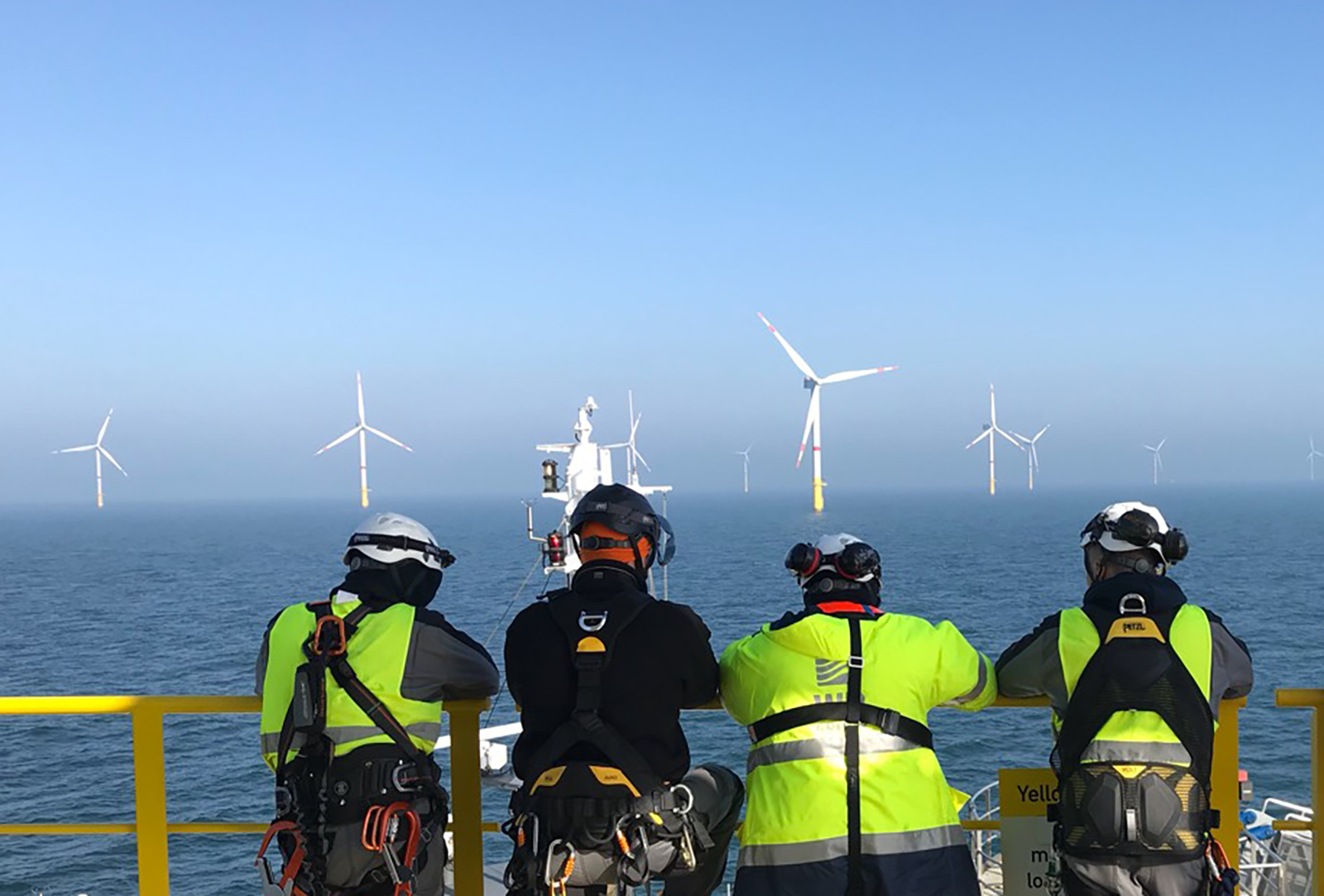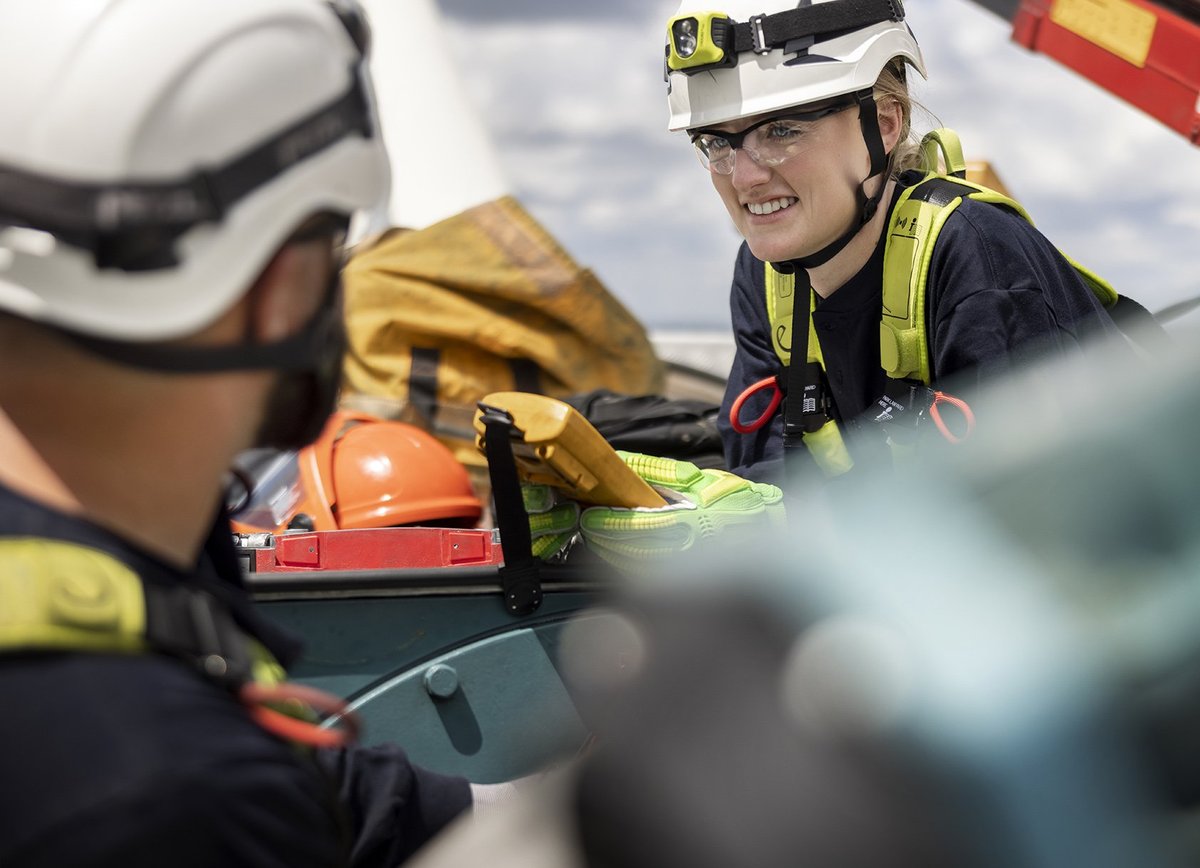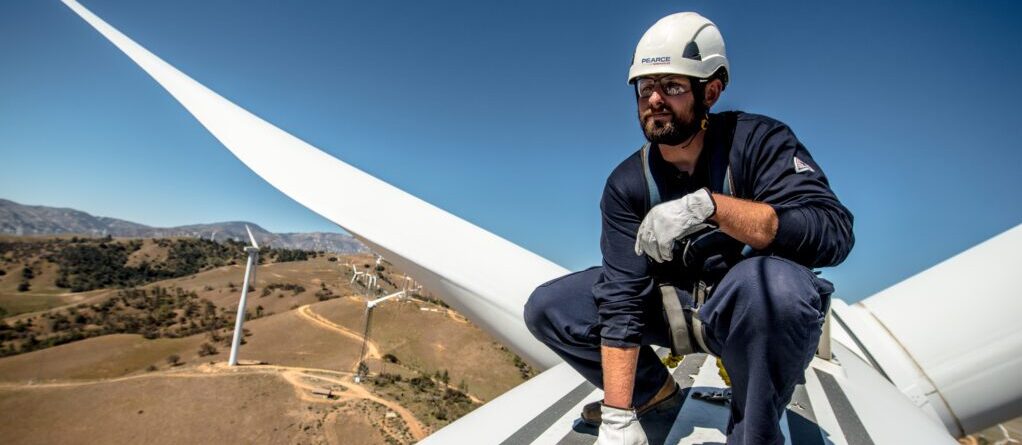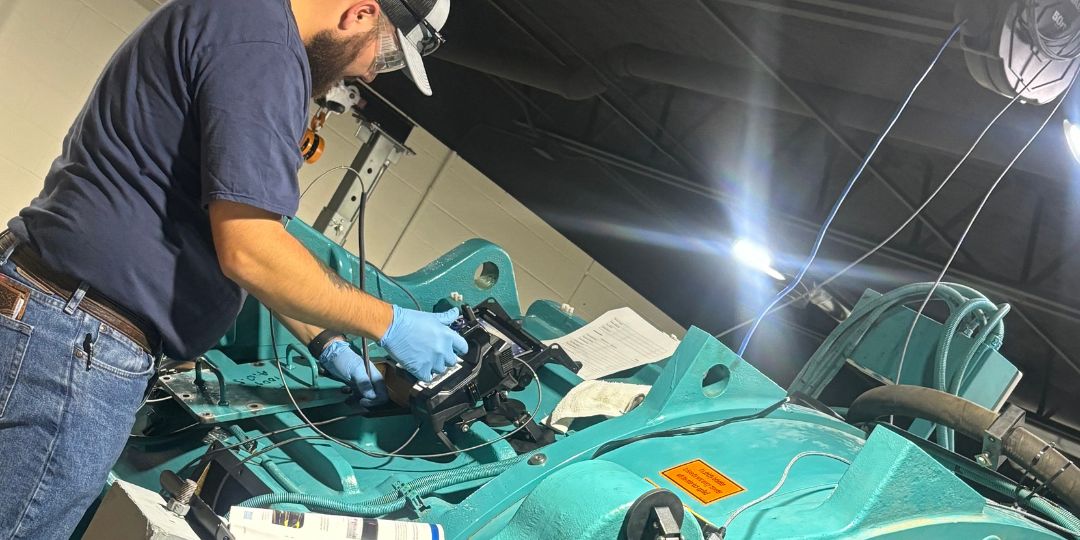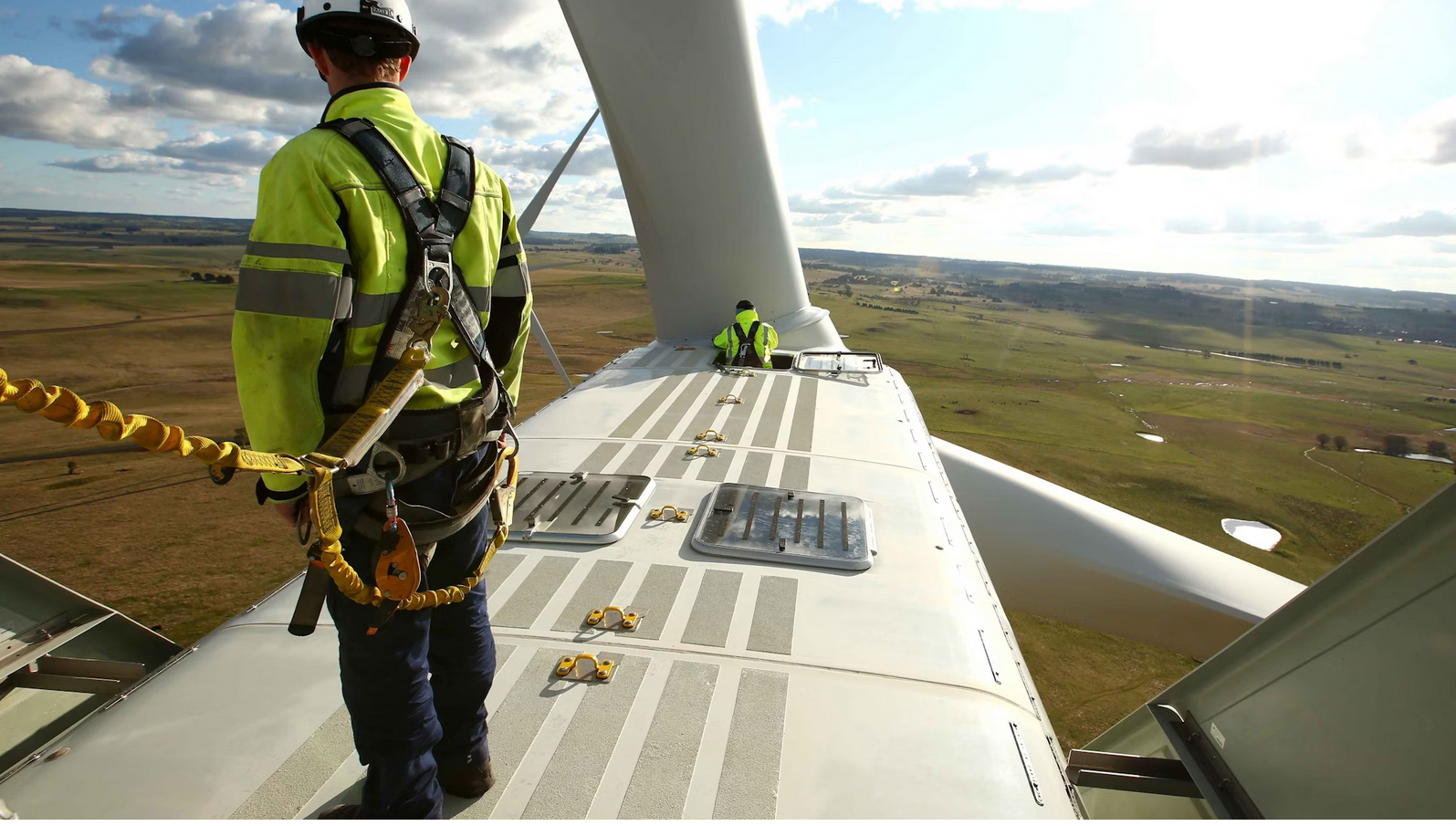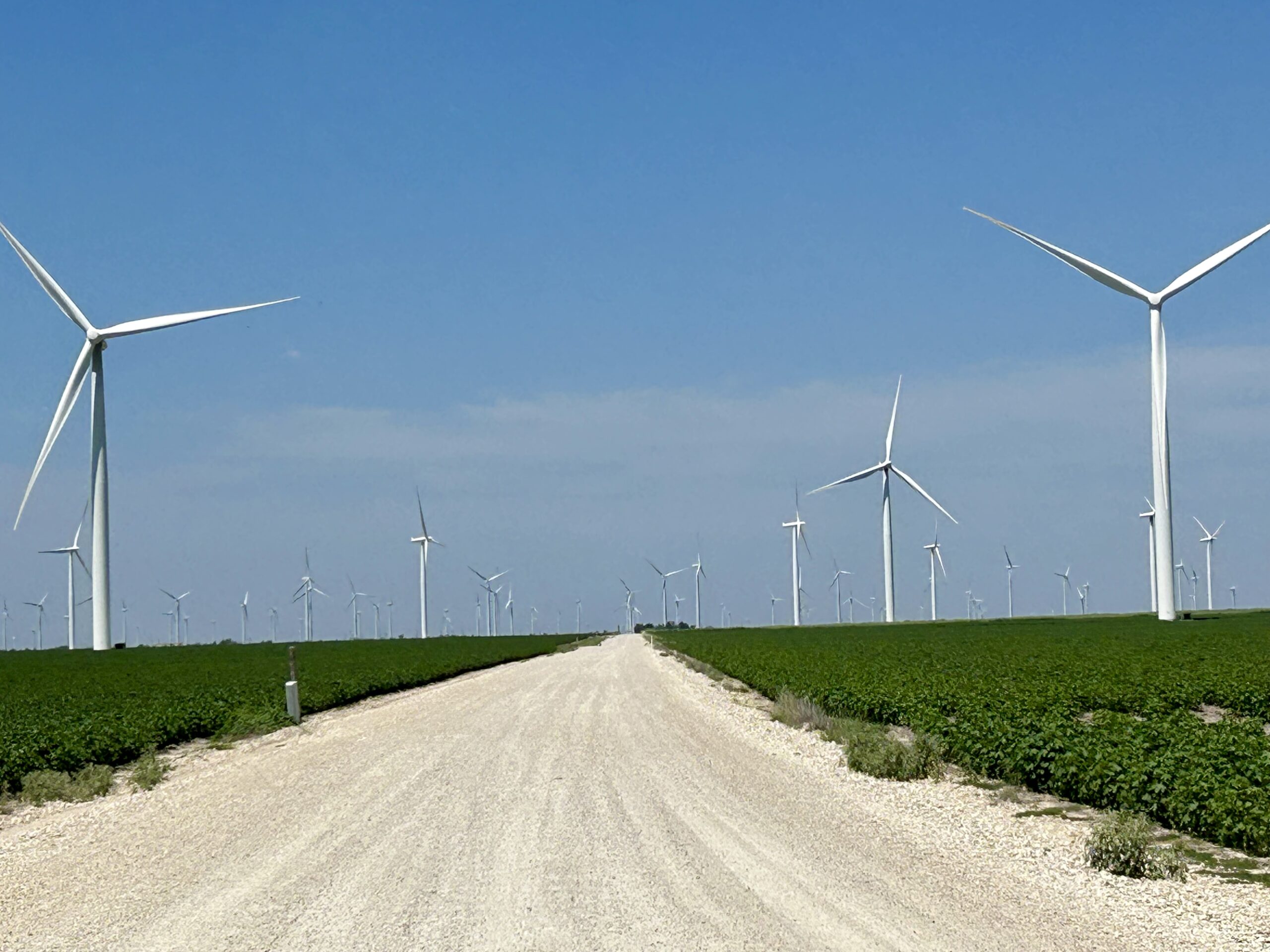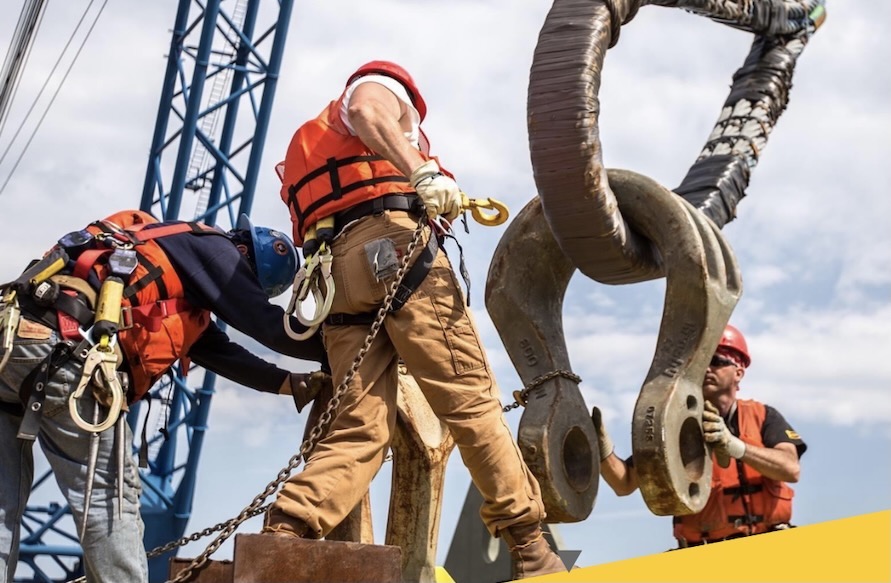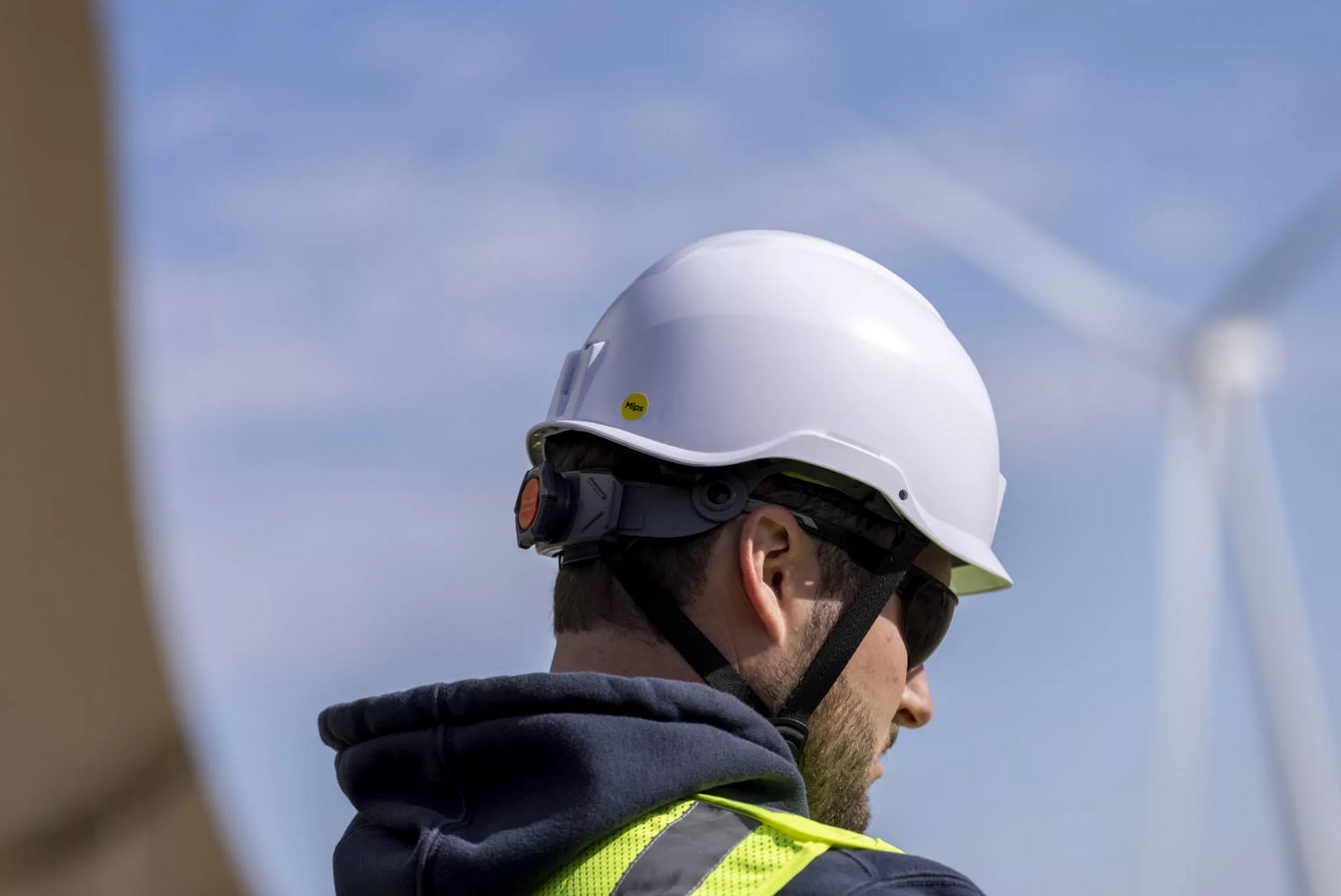Why tailor courses and programs to your company's specific needs?
The last few years have seen widespread adoption of various standards and generic training, particularly for safety. This is great as it gives technicians a baseline of skills and knowledge, but these courses are, by definition, generic. This means employers must fill in the specific gaps relevant to their internal systems, processes, and expectations. This is where custom courses have an obvious role to play, ensuring technicians not only understand “our” way of doing things but also have clear development pathways to become better. Custom training solutions are a strong asset for employers, differentiating themselves from the competition around skills and quality as opposed to certification that simply allows people to do the job. In short, it transitions training from a requirement (or simply a cost) to an asset.
As the industry in North America grows and matures, there will be obvious winners and losers. At STL USA we believe those who excel operationally through the quality of their workforce will be on the right side of history!
The importance of custom training
Building tailored training programs for wind technicians is vital for ensuring safety, building skills, and fostering competency in this specialized field. Wind energy is a rapidly growing industry, with technicians often working in high-risk environments, such as at great heights and in harsh weather conditions. Customized training addresses the specific challenges technicians face, equipping them with the knowledge and practical skills required to perform safely and efficiently.
For businesses and employers, tailored training offers significant advantages. By focusing on the precise needs of their workforce, companies can ensure that employees are better prepared for real-world scenarios. This reduces the likelihood of accidents, which not only safeguards workers but also minimizes downtime and associated costs. A well-trained technician is less likely to make mistakes, leading to more effective maintenance and quicker issue resolution.
Cost-saving is another critical benefit. While off-the-shelf training programs may seem economical initially, they often lack relevance, resulting in knowledge gaps that lead to errors and inefficiencies. Tailored programs, though potentially higher in upfront costs, deliver long-term savings by reducing turnover, improving retention, and ensuring technicians are productive from day one.
Additionally, tailored training fosters a highly skilled workforce, which translates into enhanced operational efficiency. More competent employees complete tasks faster and with greater accuracy, boosting the overall profitability of the business. Investing in customized training is, therefore, a strategic move that not only improves safety and skills but also drives long-term business success.
Partnering with an external training provider to develop a bespoke training solution offers businesses a more strategic and effective approach than relying on multiple providers for generic safety courses. External partners specialize in tailoring programs to the unique needs of a business, ensuring that training aligns with specific operational challenges, industry standards, and employee skill gaps. This targeted approach leads to more relevant, comprehensive, and impactful training.
One of the key advantages of working with an external partner is consistency. A single, customized program ensures that all employees are trained to the same standard and on the same methodologies, reducing variability in skills and practices. This unity fosters a safer working environment and enhances team cohesion, as everyone operates with a shared understanding of protocols and expectations.
Moreover, an external training partner saves businesses time and effort. Managing relationships with multiple training providers for various generic courses can be complex and time-consuming. A dedicated partner streamlines this process, acting as a one-stop shop for all training needs, from curriculum development to delivery and assessment.
Cost efficiency is another benefit. While investing in a bespoke solution might seem expensive initially, it eliminates the hidden costs of inefficiencies, gaps in training, and the need for repetitive courses to fill knowledge deficits. It also ensures that training is continually updated to reflect technological advancements and regulatory changes.
Ultimately, an external training partner delivers a more integrated, effective, and business-aligned solution. This approach enhances safety, boosts employee performance, and drives long-term business growth.
How does it work in practice?
STL USA works alongside in-house training, safety, and field leadership to build training solutions that meet the organisation’s exact needs. Training solutions allow the organisation to create clear pathways to operational excellence, closing the gap between workforce capabilities and the organisation’s needs.
Solutions incorporate:
- Technician and training resource assessments
- Giving you a clear picture of your capabilities
- Course development
- Bespoke courses built specifically around your organisation’s systems and processes that meet national standards
- Program development
- Creating learning and development pathways for individual technicians or groups of technicians at different experience levels (beginner>advanced)
- Course delivery and delivery support
- Training roll-out at your facilities or STL USA training center, either delivered 100% by STL USA or in partnership with in-house resources
- Feedback and continual improvement
- Reporting and analysis of testing and ongoing assessments as a test, learn and refine approach to course delivery
Training incorporates industry competency frameworks and applicable global and national standards.
In all cases an assessment is performed on the technician workforce to ascertain their competency levels and help define the right program to build their skills. Not only does this help to reduce costs it also creates a clear picture of what the team can, and most importantly can’t do.
An example of a custom training project
Safety Technology USA has successfully partnered with Pattern Energy to develop a bespoke training solution tailored to the company’s operational needs and safety requirements. Pattern Energy, a leading renewable energy company, sought a training partner capable of delivering specialized, high-quality programs to prepare its wind technicians for the industry’s challenges. Safety Technology USA emerged as the ideal choice due to its extensive expertise, proven track record, and commitment to excellence.
Safety Technology USA worked closely with Pattern Energy to understand their specific goals, operational challenges, and workforce requirements. Through in-depth consultation and analysis, they designed a training program that aligned perfectly with Pattern Energy’s safety protocols, regulatory compliance needs, and focus on technician competency. The curriculum included custom modules addressing high-risk scenarios unique to wind energy, advanced rescue techniques, and equipment-specific procedures, ensuring technicians were fully prepared for the demands of their roles.
Pattern Energy selected Safety Technology USA for its unmatched industry insight and ability to deliver practical, hands-on training tailored to its workforce. Safety Technology USA’s reputation for integrity and dedication to client success further solidified the partnership. The result was a robust training solution that enhanced technician safety and skills and contributed to operational efficiency and long-term profitability for Pattern Energy.
Read the case study HERE.
Interested in our training solutions?
Click the button to learn more

